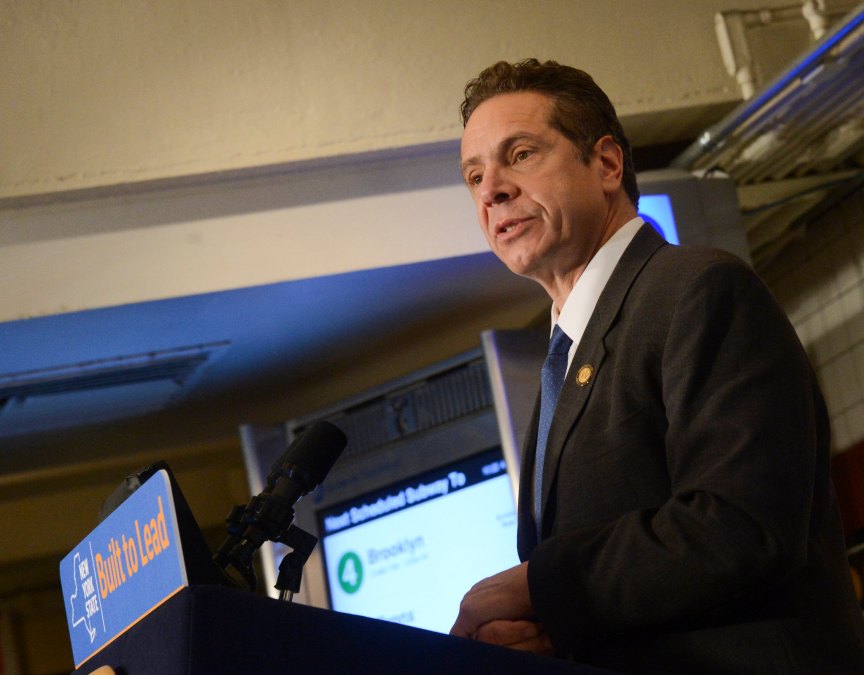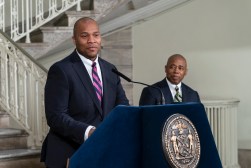New York passes bill to review state’s broadband offerings

New York state lawmakers passed a bill this week that would require the state’s public service commission to review which parts of the state receive adequate broadband service and which do not.
The “Comprehensive Broadband Connectivity Act” would order the commission to study the affordability and availability of broadband throughout New York for up to a year, while making recommendations on the level of regulation, competition and technologies that telecommunications providers currently use.
The bill would also force the commission to maintain a broadband coverage map of New York on its website, complete with details like the download and upload speeds that are advertised versus actual speeds, the types of service available, such as dial-up, wireless or fiber-based, and the cost and number of internet services providers in any given area.
“You know there are percentages that you’ll hear that 98% or 99% of the state is covered, well, it’s not really,” New York state Assemblyman Al Stirpe, one of the bill’s sponsors, told Localsyr.com. “A lot of it is satellite coverage and some dial-up.”
New York is the second-most connected state in the country, according to BroadbandNow.com, with 96.8% of the population having access to a wired broadband connection. The coronavirus pandemic, though, has highlighted a dire need for internet access in New York City, which earlier this month committed an additional $157 million to expanding access. The state has poured $500 million into broadband expansion since 2015, connecting the northern parts of the state through Gov. Andrew Cuomo’s “Broadband for All” plan, which last disbursed $341 million to telecommunications firms in Jan. 2018 to build infrastructure in Upstate New York. Cuomo has set a goal to connect 99.9% of the state’s residents through the initiative.
“Some of the areas, especially the rural areas, we are finding maybe 15% of the population has access to true broadband. In a lot of places the only true broadband available is if there is a library or a school,” Stirpe said.






